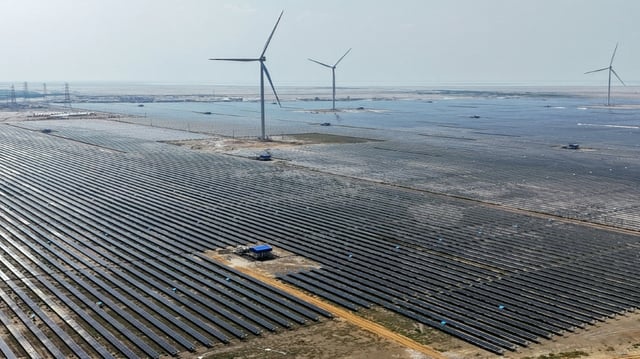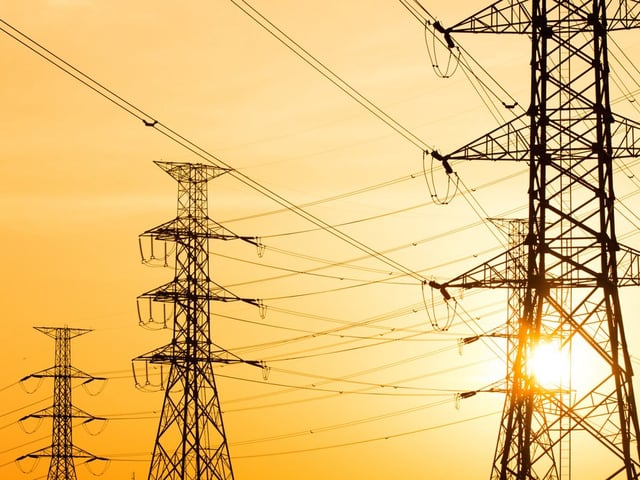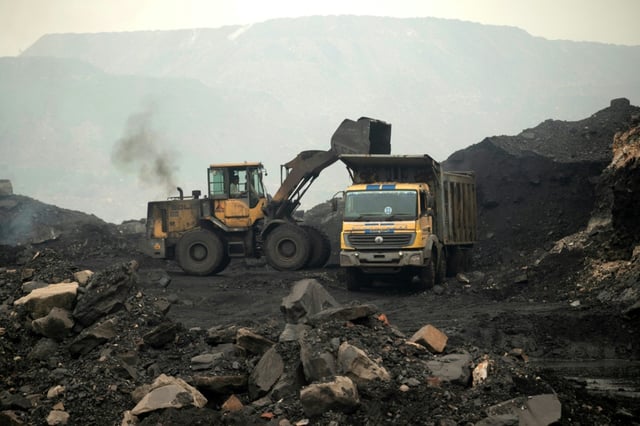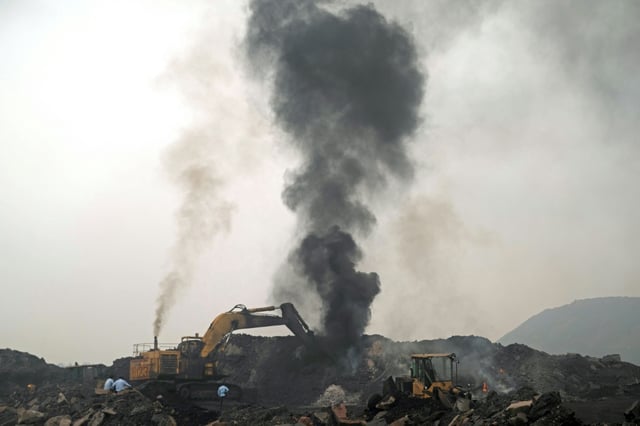Overview
- India’s renewable energy ministry said solar generation is being reduced at times to relieve grid congestion caused by delayed transmission upgrades.
- Non‑fossil sources now account for half of installed capacity after a rapid build‑out, yet coal still supplies more than 74% of electricity generation.
- National storage capacity stands at about 505 MWh, a shortfall that risks wasting renewable output and triggers reliance on coal when solar and wind dip.
- Developers added a record 22 GW of renewables in the first half of 2025, including 18.4 GW of new solar, according to Rystad Energy.
- IRENA reports India has overtaken Japan as the third‑largest solar power producer, with installed solar around 119 GW in July, as industry groups press for faster transmission and battery projects.



